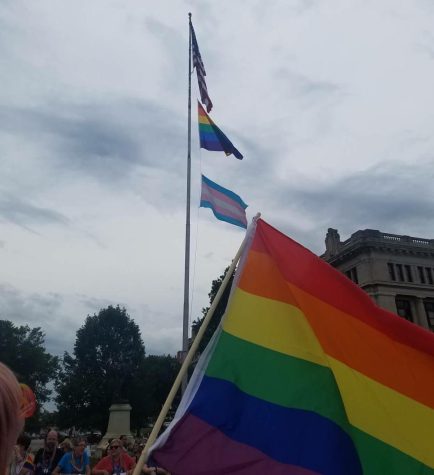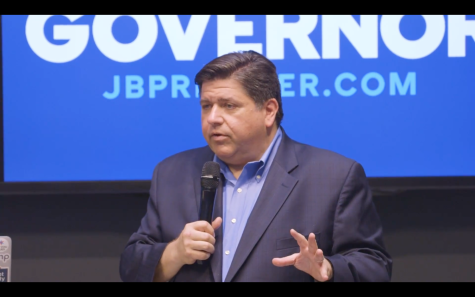What comes after the women’s march?
On January 21, hundreds of thousands of women and men made their way to their closest urban center with one mission in mind: to march. The Women’s March acted as a “we are here” movement for women across America, and internationally, as President Trump stepped into office. People across ethnic and economic backgrounds came together to send one message to the administration: women’s rights are equal rights.
It has been over a month since this march. The looming question is: what’s next? There have been rumors of a “day without women” protest. Critics could cite that this movement would just be piggybacking off the recent “day without immigrants” protest, thereby writing it off as a sad attempt to stay relevant. In this trying time for immigrants in our nation, the worry for equality among women seems to have been pushed off the mainstage. But how do we bring it back to the mainstage?
I suggest these three tips to keep the momentum of this movement going.
First, we must rid ourselves of hateful terms such as “feminazi.” For those of you who are unaware, Rush Limbaugh coined feminazi to pit women fighting the patriarchy as overzealous, overemotional, man-hating monsters. Really?! Feminists are just people who want equality amongst the sexes; they are not man eating monsters. This is also a harsh comparison considering that Nazis killed those of whom they disapproved of. I am positive, feminists have not caused or supported any mass genocides in history. More importantly, we have an actual neo-Nazi, aka the alt right, movements happening in this country. Calling a woman a feminazi is really just making light of the very real Nazis.
Second, we must focus on inclusion. I do not mean that we make this a “men and women’s” movement. Rather, we should include all those who considered themselves women. Feminism has routinely been a middle class, cisgendered, white woman’s game. However, we are not a society solely made up of middle class, cisgendered, white women. We need to get all women involved in this movement. We need to tell all women that they have a voice and that we are here to listen to them. Social change happens quicker if more people are involved. So, if you are a middle class, cisgendered, white women, it really is for your benefit to encourage and empower women that may be different from you.
Finally, we need to further organize. Let us keep this grassroots movement going by building chapters across America. This will make the movement far more visible. Organized groups are also more vocal, making them more effective in affecting change. More importantly, by creating chapters, we can create a safe space for women and feminists to voice their ideas and frustrations. Fighting for equal rights has never been an easy task in America. Let’s create places where equality is inherent.
This is a chaotic time to live. Hate crimes are on the rise. Women are at risk of losing the rights to their own bodies. We have elected officials that still believe that the only option for a woman is to be chained to the stove. This is not the time to sit quietly. This is the time for us all to join together.
As the Martin Niemoller poem goes:
First they came for the Socialists, and I did not speak out—Because I was not a Socialist.
Then they came for the Trade Unionists, and I did not speak out— Because I was not a Trade Unionist.
Then they came for the Jews, and I did not speak out— Because I was not a Jew.
Then they came for me—and there was no one left to speak for me.
Let them come. We have learned to speak up.









